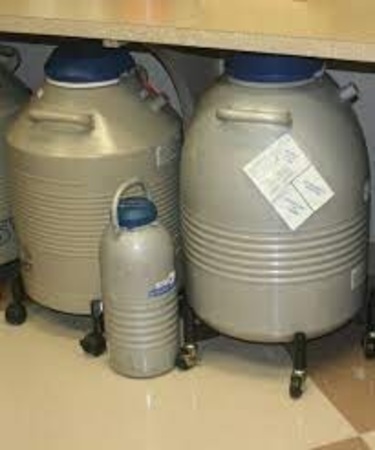
The global market for rheumatoid arthritis treatments is expected to grow at a CAGR of...
Learn More
Our consulting solutions address company specific challenges with respect to micro environment...
Learn More
Organizations frequently need day-today research guidancein order to gain strategic...
Learn More
Exploring different areas of market research and market analysis is a key factor...
Learn MoreAcute Market Reports presents the most extensive global business research services across industries. Our research studies focus on potential outcomes, benefits, and risks associated with each market segment across geographies. Having served our global clients for more than 10 years, our prime priority is to enable our clients in making well-informed business decisions through a data-driven, analytical, and uncomplicated research approach.
We provide access to the world's most comprehensive, analytical, and updated business intelligence services and solutions.




Brachytherapy, a vital component of modern cancer treatment, offers a targeted approach to delivering radiation therapy, which is crucial in managing various types of cancer. The brachytherapy market is expected to grow at a CAGR of 7% during the for...
Read More
The sperm bank market is expected to witness a CAGR of 3.7% during the forecast period of 2025 to 2033, driven by factors such as increasing infertility rates, advancements in reproductive technologies, and growing awareness and acceptance of assiste...
Read More
The rotary tool market is expected to grow at a CAGR of 4.5% during the forecast period of 2025 to 2033. Rotary tool market encompasses a wide range of handheld and versatile devices used for various applications such as cutting, sanding, grinding, c...
Read More




